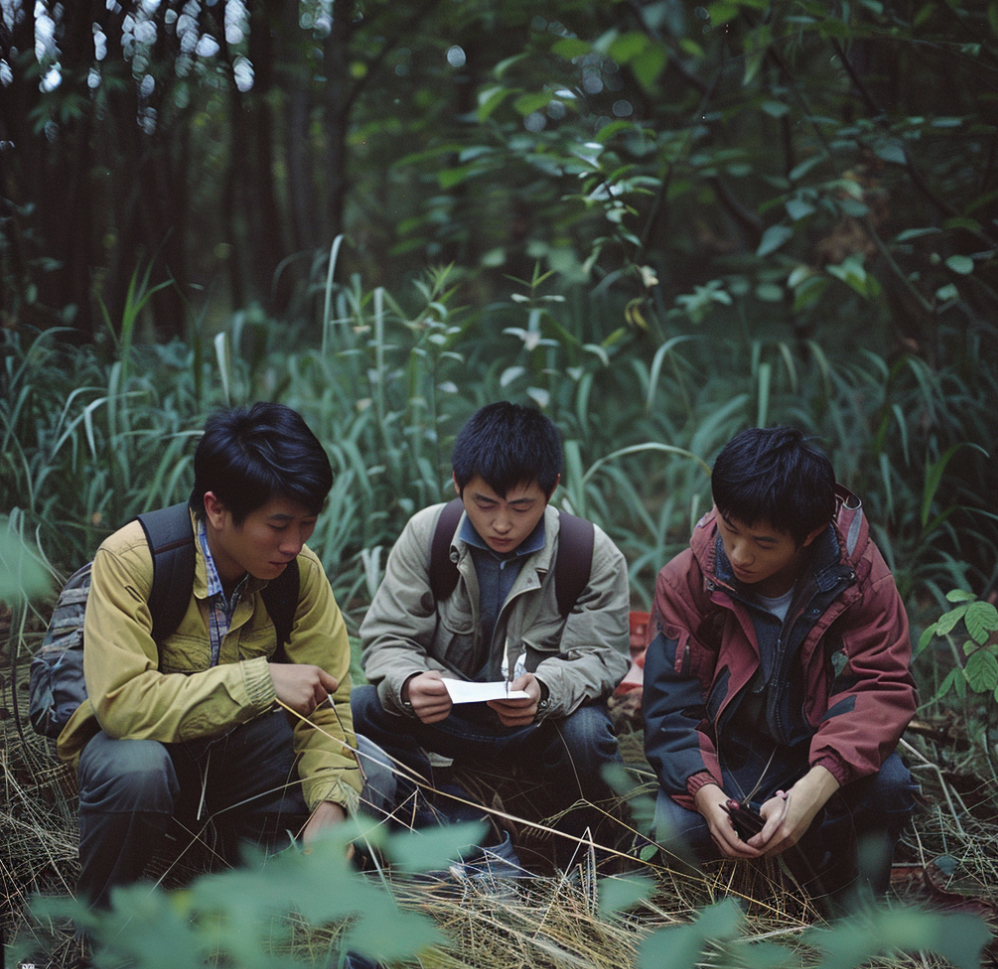發布:2025-06-18 瀏覽:0
在生態與經濟緊密交織的當下,林木資產作為兼具生態效益與經濟效益的特殊資源,其價值評估成為資源管理、交易等活動的關鍵環節。準確評估林木資產價格,能夠為林業資源的合理配置、流轉以及生態補償等提供科學依據。目前,林木資產價格評估主要有市場法、收益法和成本法三種基本方法,每種方法都有其獨特的原理與適用場景。
In the current era where ecology and economy are closely intertwined, the value assessment of forest assets, as a special resource that combines ecological and economic benefits, has become a key link in resource management, trading, and other activities. Accurately evaluating the price of forest assets can provide scientific basis for the rational allocation, circulation, and ecological compensation of forestry resources. At present, there are three basic methods for evaluating forest asset prices: market method, income method, and cost method, each with its unique principles and applicable scenarios.
市場法是一種基于市場交易信息的直觀評估方式,遵循替代原理。它通過尋找與被評估林木資產在樹種、樹齡、生長狀況、地理位置等方面相似的近期交易案例,將這些案例的成交價格作為參考基礎。在實際操作中,評估人員需要詳細收集市場上類似林木資產的交易數據,包括交易時間、交易價格、交易數量、林木的具體特征等信息。然后,針對被評估林木資產與參照案例之間存在的差異,如生長環境優劣、木材質量高低、交通便利程度不同等,進行逐一分析和量化調整。例如,若被評估林木所在區域交通更為便捷,運輸成本更低,那么在參照案例價格基礎上應適當調高評估價格;反之,若生長狀況較差,則需調低價格。這種方法的優勢在于結果貼近市場實際,具有較強的說服力,適用于市場交易活躍、交易案例豐富的林木資產評估。但它對市場環境要求較高,若市場缺乏足夠相似的交易案例,或者交易信息不透明、不準確,就會影響評估的準確性。
Market approach is an intuitive evaluation method based on market transaction information, following the principle of substitution. It searches for recent transaction cases that are similar to the evaluated forest assets in terms of tree species, age, growth status, geographical location, etc., and uses the transaction prices of these cases as a reference basis. In practical operation, evaluators need to collect detailed transaction data of similar forest assets in the market, including transaction time, transaction price, transaction quantity, specific characteristics of trees, and other information. Then, based on the differences between the evaluated forest assets and the reference case, such as the quality of the growth environment, the quality of the wood, and the degree of transportation convenience, they will be analyzed and quantitatively adjusted one by one. For example, if the transportation in the area where the evaluated forest is located is more convenient and the transportation cost is lower, then the evaluation price should be appropriately increased based on the reference case price; On the contrary, if the growth condition is poor, the price needs to be lowered. The advantage of this method is that the results are close to the actual market, have strong persuasiveness, and are suitable for forest asset evaluation with active market transactions and rich trading cases. But it has high requirements for the market environment. If the market lacks sufficiently similar trading cases, or if the trading information is opaque and inaccurate, it will affect the accuracy of the evaluation.

收益法著眼于林木資產未來的獲利能力,是從經濟收益角度對其價值進行評估的方法。該方法認為,林木資產的價值等于其未來預期收益的現值之和。在運用收益法時,首先要預測林木資產在未來經營期內的收益情況,這需要考慮諸多因素。對于用材林,要預估木材的產量,這與林木的生長速度、成材率相關;同時結合市場木材價格走勢,判斷未來木材銷售所能獲得的收入。此外,還需考慮經營成本,如林地租金、撫育管理費用、采伐運輸成本等。在計算預期收益時,通常會根據林木生長周期,分階段預測不同時期的收入與支出,進而得出各階段的凈收益。然后,選擇合適的折現率,折現率反映了投資者對投資風險的預期和資金的時間價值。一般來說,折現率會綜合考慮無風險利率、行業風險報酬率以及特定林木資產的風險報酬率等因素確定。最后,將未來各期的凈收益按照折現率折現到評估基準日,累加得到林木資產的評估價值。收益法適用于具有明確經營目的和穩定預期收益的林木資產,如經濟林、人工用材林等,但由于未來收益和折現率的預測具有一定主觀性,對評估人員的專業能力和經驗要求較高。
The income approach focuses on the future profitability of forest assets and is a method of evaluating their value from the perspective of economic benefits. This method holds that the value of forest assets is equal to the sum of the present value of their expected future returns. When using the income approach, the first step is to predict the income situation of forest assets in the future operating period, which requires consideration of many factors. For timber forests, it is necessary to estimate the yield of timber, which is related to the growth rate and yield of the trees; At the same time, based on the trend of market timber prices, determine the revenue that can be obtained from future timber sales. In addition, it is necessary to consider operating costs such as forest rent, nurturing and management expenses, and logging and transportation costs. When calculating expected returns, it is usually necessary to predict the income and expenditure of different periods in stages based on the growth cycle of trees, and then obtain the net income of each stage. Then, choose an appropriate discount rate that reflects investors' expectations of investment risk and the time value of money. Generally speaking, the discount rate is determined by taking into account factors such as risk-free rate, industry risk return rate, and risk return rate of specific forest assets. Finally, the net income of each future period is discounted at a discount rate to the valuation reference date, and the accumulated valuation value of the forest assets is obtained. The income approach is applicable to forest assets with clear business objectives and stable expected returns, such as economic forests, artificial timber forests, etc. However, due to the subjectivity of predicting future returns and discount rates, it requires high professional competence and experience from evaluators.
成本法是從成本投入角度評估林木資產價格的方法,基于重置成本的理念,即假設重新營造與被評估林木資產相同的資產所需付出的成本,再考慮資產的有形損耗和無形損耗來確定其價值。在計算重置成本時,需要核算營造林木過程中的各項成本支出,包括林地取得費用,如購買或租賃林地的費用;種苗費,即購買合適樹種苗木的開支;造林費用,涵蓋整地、栽植等環節的人工和機械費用;以及撫育管理費用,包括施肥、灌溉、病蟲害防治等費用。同時,根據林木的生長狀況和經營年限,確定其成新率,成新率反映了林木資產的新舊程度和剩余使用價值。對于受到自然災害、病蟲害等因素影響導致生長受損的林木,還需考慮其有形損耗;而由于技術進步、經營方式改變等原因造成的價值減損則屬于無形損耗。通過重置成本乘以成新率,扣除相應損耗,最終得出林木資產的評估價值。成本法適用于幼齡林評估,因為幼齡林尚未產生明顯收益,且其價值與成本投入關聯度較高。不過,該方法未充分考慮林木資產的潛在收益和市場變化因素,可能會低估林木資產的真實價值 。
The cost method is a method of evaluating the price of forest assets from the perspective of cost input, based on the concept of reset cost, which assumes the cost of rebuilding the same asset as the evaluated forest asset, and then considers the tangible and intangible losses of the asset to determine its value. When calculating the reset cost, it is necessary to account for various cost expenditures during the process of planting trees, including the cost of acquiring forest land, such as the cost of purchasing or leasing forest land; Seedling fees refer to the expenses incurred in purchasing suitable tree species and seedlings; Afforestation costs, including labor and machinery costs for land preparation, planting, and other processes; And the cost of nurturing and management, including fertilization, irrigation, pest control, and other expenses. At the same time, based on the growth status and operating years of the trees, the newness rate is determined, which reflects the degree of newness and residual use value of the forest assets. For trees whose growth is damaged due to natural disasters, pests and diseases, etc., their tangible losses also need to be considered; The value loss caused by technological advancements, changes in business models, and other factors is considered intangible loss. By multiplying the reset cost by the depreciation rate and deducting the corresponding losses, the assessed value of forest assets is finally obtained. The cost method is suitable for evaluating young forests, as they have not yet generated significant benefits and their value is highly correlated with cost inputs. However, this method does not fully consider the potential returns of forest assets and market changes, which may underestimate the true value of forest assets.
這三種基本評估方法各有優劣,在實際的林木資產價格評估工作中,評估人員往往需要根據林木資產的具體類型、經營目的、市場條件等綜合因素,靈活選擇合適的評估方法,或者將多種方法結合使用,相互驗證和補充,以得出更加科學、準確的評估結果,為林木資產相關活動提供可靠的價值參考。
These three basic evaluation methods each have their own advantages and disadvantages. In actual forest asset price evaluation work, evaluators often need to flexibly choose the appropriate evaluation method based on comprehensive factors such as the specific type of forest asset, business objectives, market conditions, etc., or combine multiple methods to verify and supplement each other, in order to obtain more scientific and accurate evaluation results and provide reliable value references for forest asset related activities.
本文由林木資產價格評估友情奉獻.更多有關的知識請點擊:http://www.marshalltennis.com我們將會對您提出的疑問進行詳細的解答,歡迎您登錄網站留言.
This article is contributed by the Friendship Contribution of Forest Resource Asset Evaluation For more information, please click: http://www.marshalltennis.com We will provide detailed answers to your questions. You are welcome to log in to our website and leave a message





















